$0.81Bn
Market Size
8.32%
CAGR
$1.21 Bn
Forecast

*Note: Name, Email and Phone Number are mandatory.

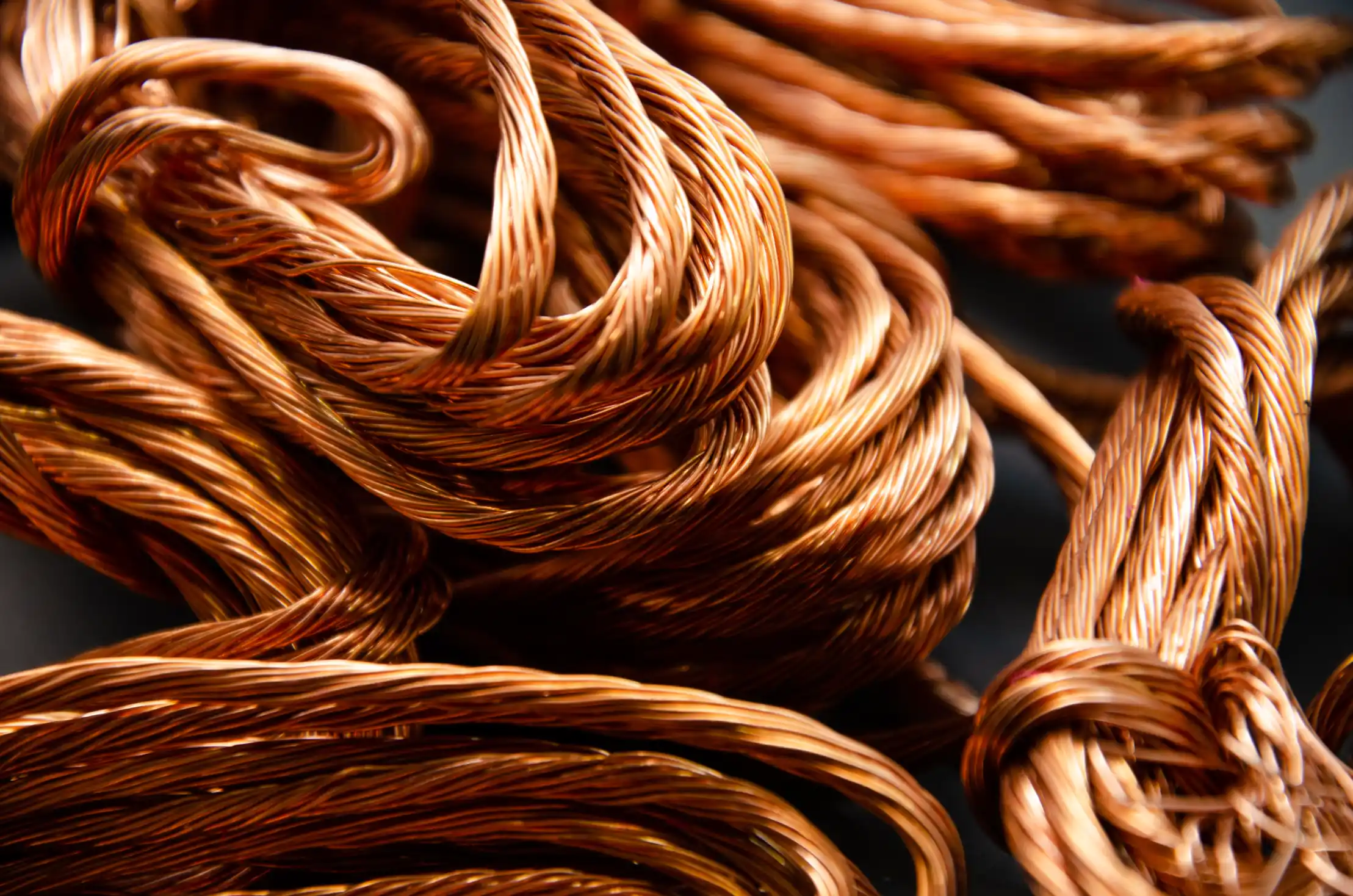
With the world increasingly turning towards electrification, renewable energy, and advanced technologies, the demand for copper wires and cables is surging. Africa, with its abundant copper resources and growing industrial base, presents a significant opportunity for investors in this sector.
With the world increasingly turning towards electrification, renewable energy, and advanced technologies, the demand for copper wires and cables is surging. Africa, with its abundant copper resources and growing industrial base, presents a significant opportunity for investors in this sector.
$0.81Bn
Market Size
8.32%
CAGR
$1.21 Bn
Forecast
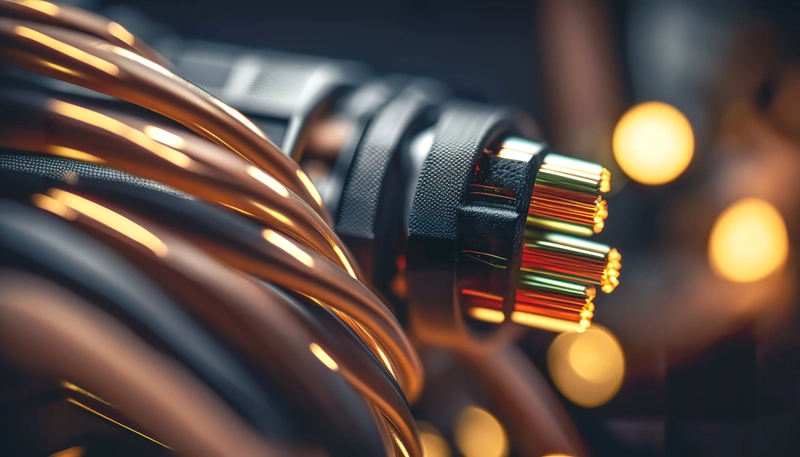
Power Cables

Data Transmission Cables
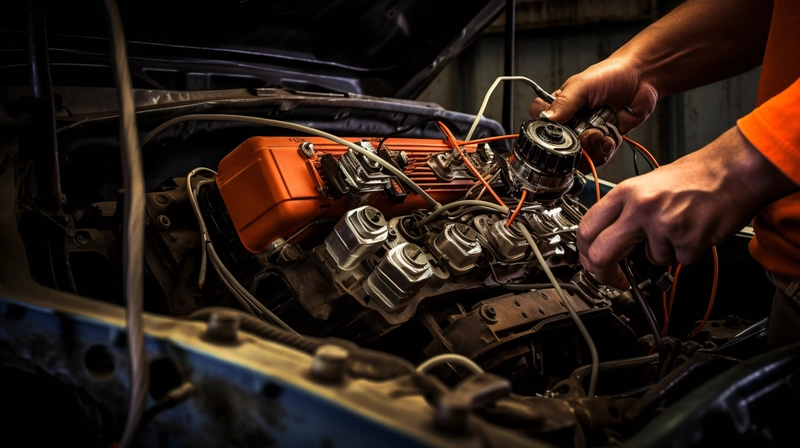
Automotive Wiring

Coaxial Cables
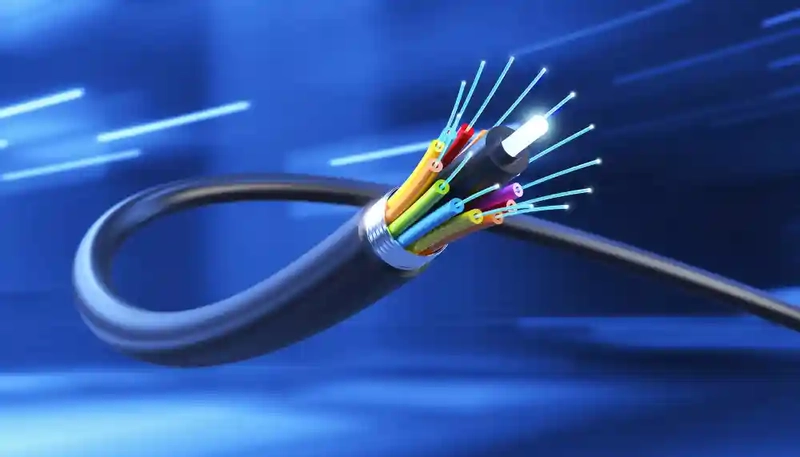
Fiber Optic Cables
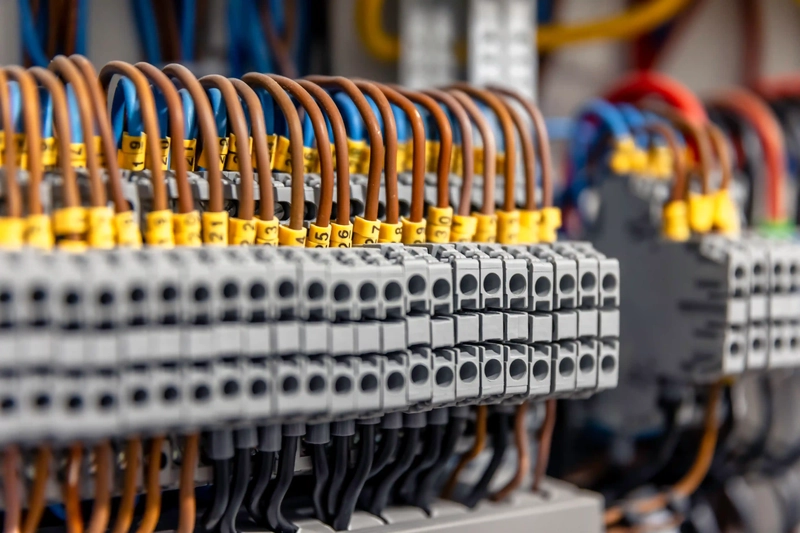
Control Cables
12%
contribution to Africa’s GDP
$0.81 Bn
Market Size
$2 Bn
worth of exports
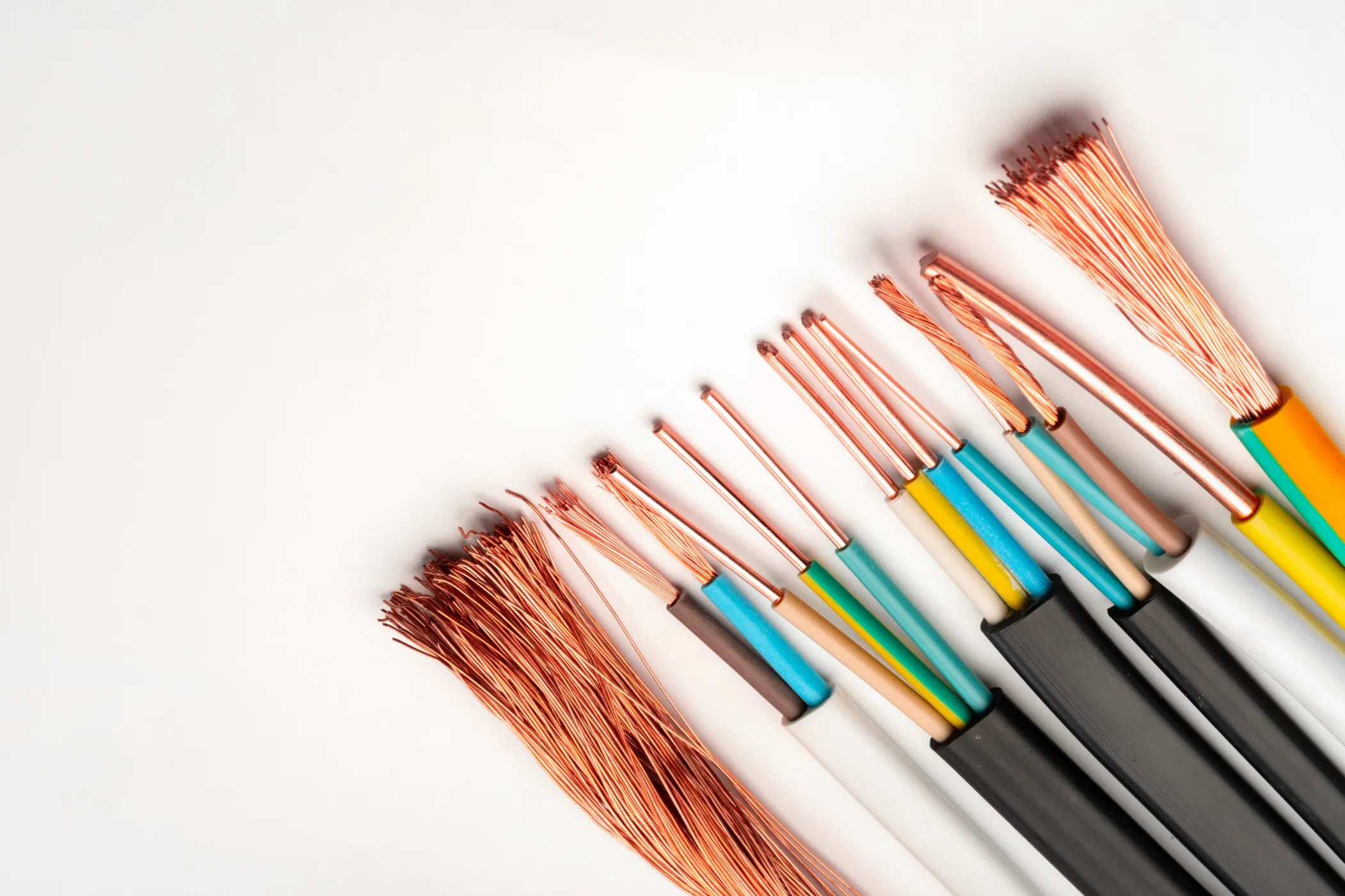
Surging Demand for Electricity: With rapid urbanization and industrial expansion across Africa, the need for reliable electrical infrastructure is escalating.
Rich Copper Reserves: Africa is endowed with substantial copper resources, particularly in regions like Zambia and the Democratic Republic of the Congo. This access to high-quality raw materials reduces supply chain risks and enhances production stability.
Renewable Energy Growth: The continent is witnessing an upsurge in renewable energy projects, such as solar and wind installations. Copper wires and cables are essential components in these technologies, ensuring sustained demand in the coming years.
Export Opportunities: Africa's geographic location offers strategic access to international markets. Investors in copper wires and cables can tap into global demand, benefiting from exporting their products.






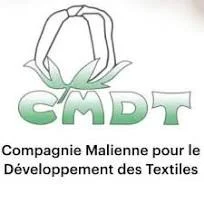

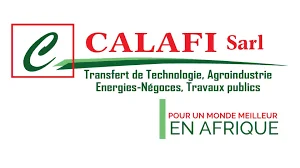




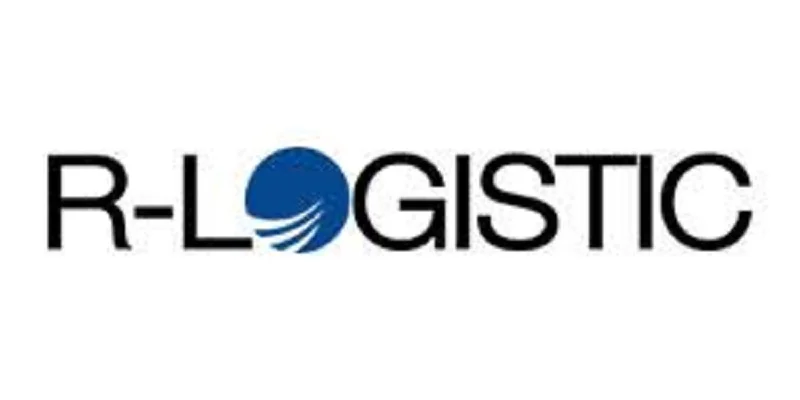

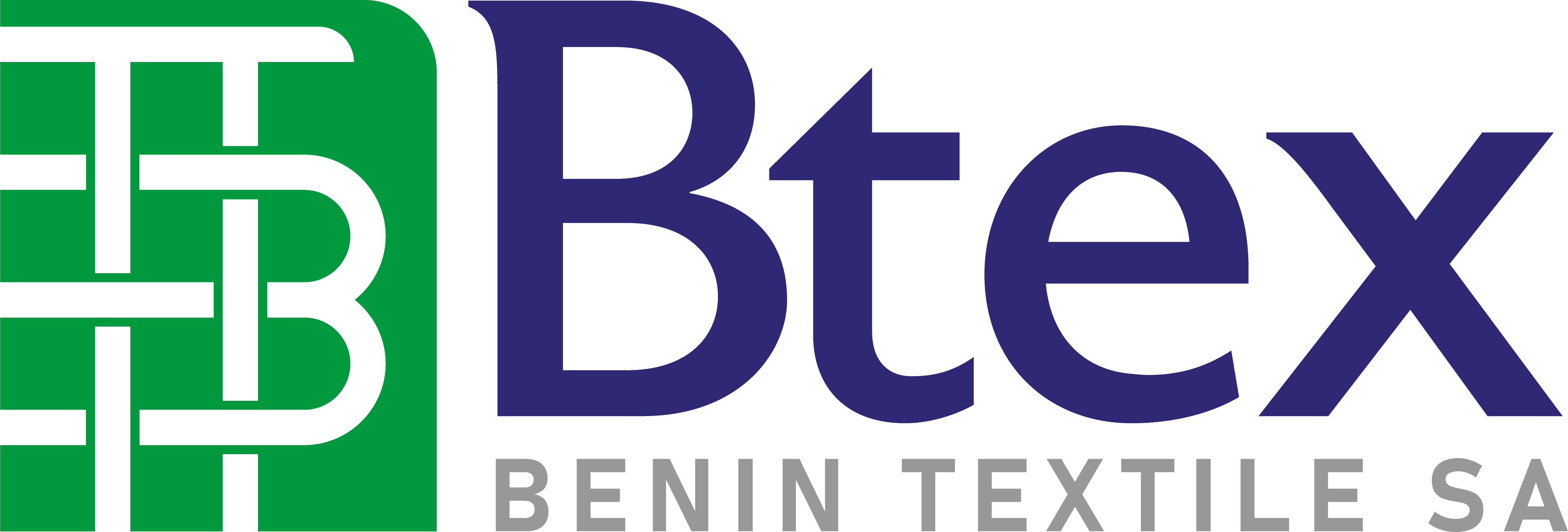


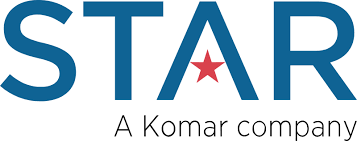


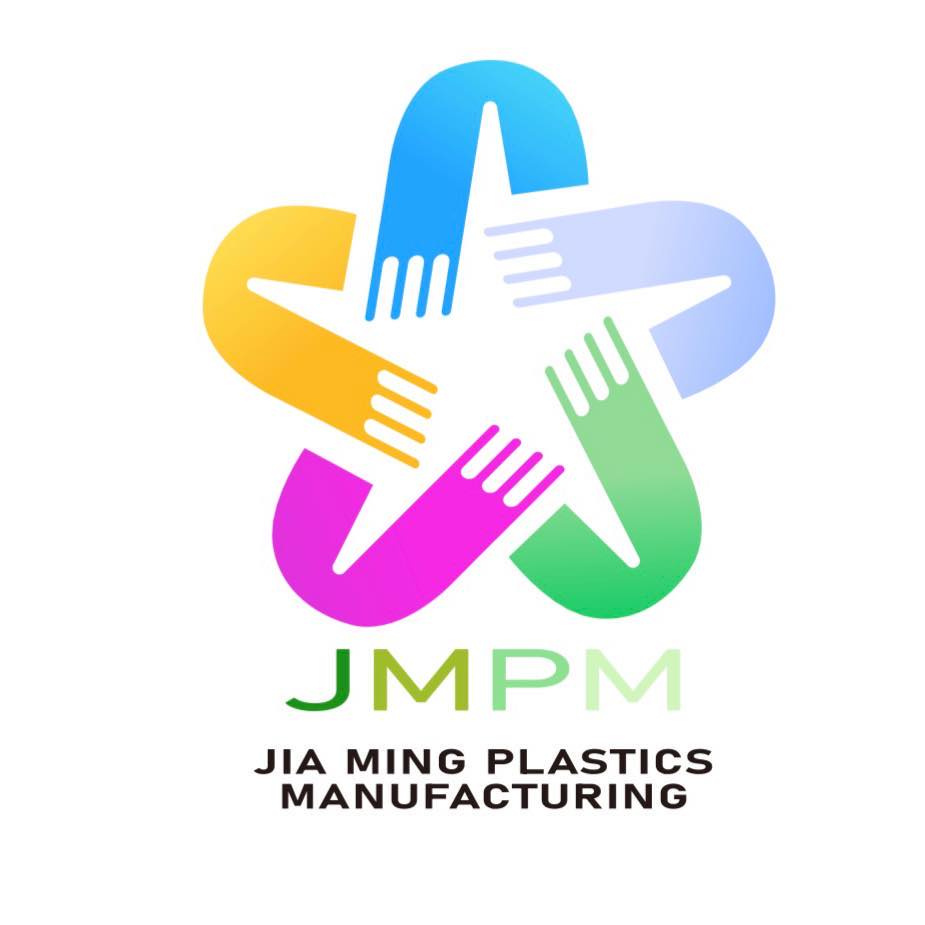





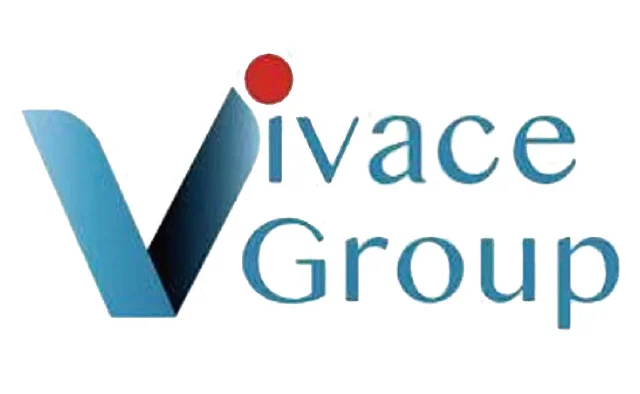

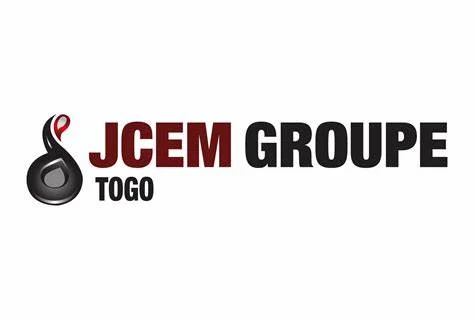



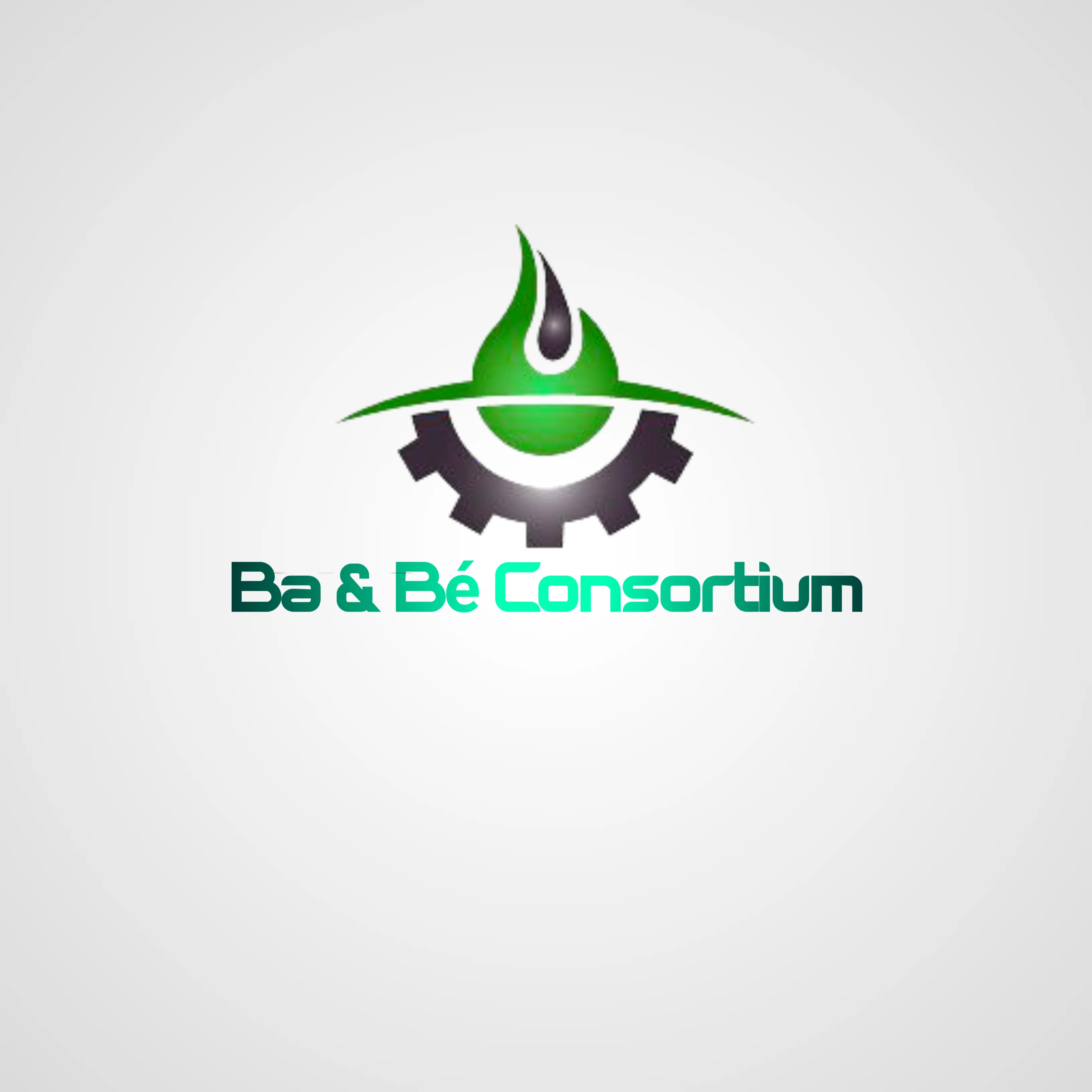





















What are the primary uses of copper wires and cables?
Copper wires and cables are essential for electrical wiring in residential, commercial, and industrial applications, providing reliable conductivity for power and data transmission.
What is the expected return on investment for copper wire and cable projects?
The anticipated ROI for projects in this sector can range from 10% to 20%, influenced by factors such as operational efficiency and market conditions.
Which African countries are leaders in copper wire and cable production?
South Africa, Zambia, and the DRC are among the top producers, with established mining and manufacturing sectors.
What regulatory hurdles should investors be prepared for?
Investors must navigate local manufacturing laws, environmental regulations, and trade policies. Consulting local legal experts can aid in compliance.
What financing options exist for this sector?
Investors can explore various financing avenues, including bank loans, partnerships with local firms, and potential government grants or incentives. You can also consult with AFI Investment Specialists for the same.
What is the capital investment needed to start manufacturing copper wires and cables?
Initial investments typically range from $100,000 to $500,000, depending on the scale and technology of the manufacturing facility.
How do global fluctuations in copper prices impact the industry?
Changes in global copper prices can affect production costs and profit margins. Investors should monitor these fluctuations closely to make informed decisions.
How can investors maintain product quality in manufacturing?
Implementing stringent quality control protocols and adhering to international standards can ensure consistent product quality and customer satisfaction.
What technological advancements are influencing this sector?
Innovations such as automated manufacturing processes and advanced materials are enhancing efficiency and product performance in copper wire and cable production.
Compare
Dear investor, please compare similar category items- either Locations or Opportunities.
*Already subscribed.
*Enter your name/email.

Sign up for exclusive investment alerts.
Already subscribed? Skip
Thank You For Subscribing to
Africa For Investors.

You will be redirected to AFI’s Linkedin Profile in 10 seconds.
Stay On AFI Website